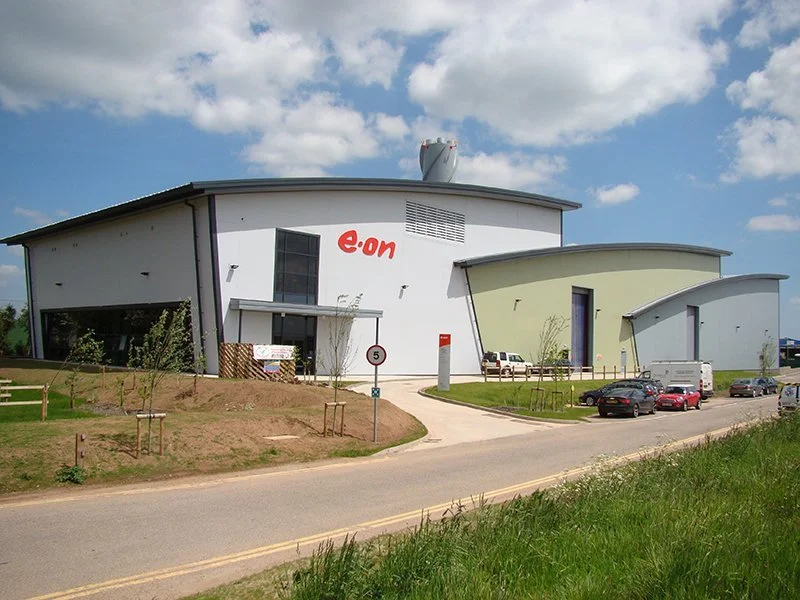
By Design Tech Solutions — Specialists in Hybrid, Low-Carbon Energy Centre Design
Introduction: Why One Heat Source No Longer Fits All
Modern heat networks rarely rely on a single heat source. Instead, they use a hybrid approach — integrating multiple inputs like heat pumps, CHP, gas boilers, and solar thermal to balance carbon, cost, and resilience.
The challenge? Making sure all those systems work together without clashing, short cycling, or wasting energy. At DTS, we specialise in designing energy centres where multiple sources work as a single, smart system.
Common Heat Sources in Hybrid Energy Centres
Gas Boilers
Reliable and compact, often used for peak demand or backup capacity.
Air Source Heat Pumps (ASHPs)
Highly efficient at low temperatures; ideal for base load and renewable supply.
Combined Heat & Power (CHP)
Generates both electricity and heat; useful in high-load or export-supported systems.
Solar Thermal Arrays
Supplement DHW and reduce summer gas reliance.
Waste Heat Recovery
Captures usable heat from cooling systems or industrial processes.
Design Challenges We Solve
Source Sequencing Logic
We define which source runs when, and why — based on carbon, efficiency, and load.
Buffer Tank Sizing & Flow Separation
We design for thermal storage and hydraulic separation to maintain system balance.
Low-Return Compatibility
We ensure boilers, heat pumps, and emitters operate at optimal temperatures to reduce return temp penalties.
Smart Control Integration
We embed logic to optimise based on outside temperature, tariff pricing, or time-of-day demand.
DTS Design Approach
Load Matching & Source Roles
We match each source to base load, peak load, or backup roles to avoid inefficiencies.
Redundancy & Resilience
We design for failover capacity and seamless transitions between sources in fault or maintenance scenarios.
Hydraulic Separation
We use plate heat exchangers, buffers, or loop separation to keep sources thermally and hydraulically stable.
Commissioning & Control Support
We provide clear logic diagrams and source coordination plans to aid smooth handover.
Ideal Use Cases
Mixed-use developments with variable loads
Housing estates with year-round DHW demand
University and hospital campuses
Projects seeking PSDS/HNIP funding eligibility
FAQ
Let’s Make Every Source Count
With DTS, your energy centre becomes more than a box of boilers. We design multi-source systems that are smarter, cleaner, and ready for what’s next.
RELATED READS
Explore our detailed guides on designing effective, future-ready district heating systems. Each article is written to help clients, developers, and stakeholders understand what great network design looks like in practice.







